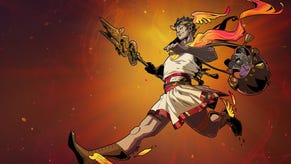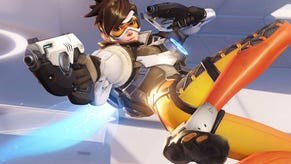Overwatch on Switch: an overly compromised conversion?
It's playable, it works, but do the cut-backs go too far?
Overwatch on Switch is available to buy right now. It works, it's attractive, it's playable - but the limits of the Tegra X1 mobile chipset shape an experience that cuts into the core enjoyment of the game. All other versions of Blizzard's celebrated first-person competitive shooter operate at 60fps - but the Switch port opts for a 30fps cap instead. It still ranks as a technical feat in the sense that a port is possible at all, especially in handheld mode, but there are definite plus and minus points to Iron Galaxy's port - and perhaps a few too many of the latter.
First of all, let's concentrate on the positives. You'd be hard-pressed to find a better way to play Overwatch on a handheld and that really can't be understated. There are obvious cutbacks, but there is a wonder to seeing this played portably. It fits into an 11GB install, too, compared to the 25GB on PS4 or Xbox One - and the way Iron Galaxy manages this is primarily by cutting down texture quality, to something that's broadly equivalent to PC's lowest setting. As a very colourful, art-driven game, the texture drop doesn't really show on a small six-inch screen, and even when docked, the action is so fast that this compromise is not so easily noticed.
Image quality is a more obvious drawback and the official line on this was pretty clear when it was announced. The developer's Twitter account put resolution at 900p while docked, and 720p while portable. However, on closer inspection, there is much more to it, with dynamic resolution scaling in play. It's a dynamic 900p when docked, with a horizontal scaler delivering a minimum of 1152x900 under load. Similarly, portable play is a native 720p in the best case, but again, the horizontal scaler seems to deliver a 960x720 resolution with the engine under stress.
It makes sense for the Switch GPU to adapt this way; there's no end to the number of effects that can be triggered at once, and adjusting pixel count to maintain performance is the most obvious way to maintain a smooth, consistent experience. Image quality degrades noticeably and it sticks out more while docked, blown up on a big TV - but it's a safeguard to help the Switch GPU cope.
The resolution difference is the only aspect that divides docked and mobile play. Textures, shadows, object detail are all an exact match between Switch's two modes. The point is, we're getting a Switch conversion that seems to use handheld settings as a baseline, before scaling up for the big TV experience. It's a good solution that also maintains a close-to-level playing field in competitive play.
As we're dealing with a platform built on mobile technology, there are further compromises compared to the PS4 and Xbox One versions, but it's worth concentrating for a moment on what has been retained. Object physics work as they always do, knocking in all directions from bullet fire. We have bloom and light shafts, plus a lot of incidental background detail is retained - like animated cars speeding down motorways. Overwatch on Switch does feel complete in this way, while the sound design retains its high fidelity without the overly compressed audio we find on many ports.
The compromises are well handled overall. On close inspection following the video analysis, it appears Switch does in fact dial back polygon counts on characters, giving a more angular look to the shoulders of Solider 76 in the tutorial mission, though material shaders are like-for-like. Additionally many of the post-process effects - including depth of field - make their way across to the Tegra-powered consoles. It's mainly the lower quality textures that separate the character designs, from the other versions of the game.
Environmental detail is also adjusted. Plants, objects and smaller details are removed outright, giving the game a sparser, lighter feel. Shadow maps are less defined on Switch while ambient occlusion is seemingly stripped out - or at least it's massively reduced. All of these factors combined adds to the sense that the maps are more barren, despite maintaining so much in physics, backdrop detail and lighting. Switch does a reasonable job I think, but a fair amount of the decorative finesse has gone, which is a shame.
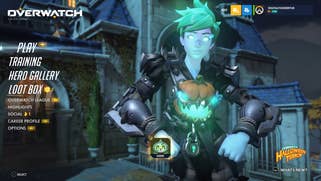
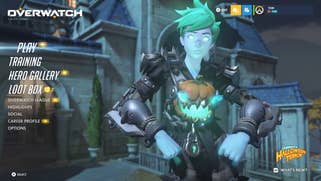
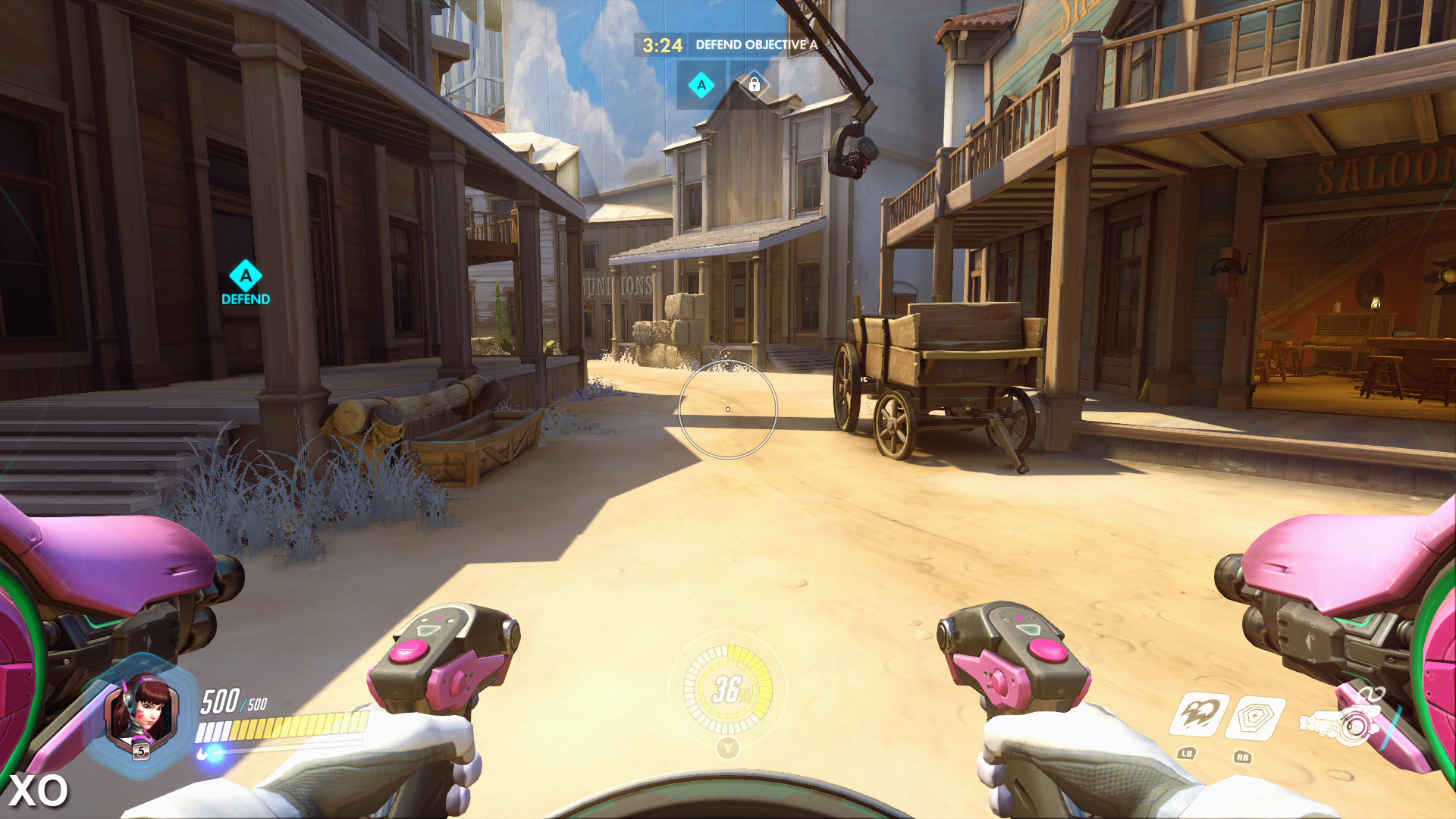

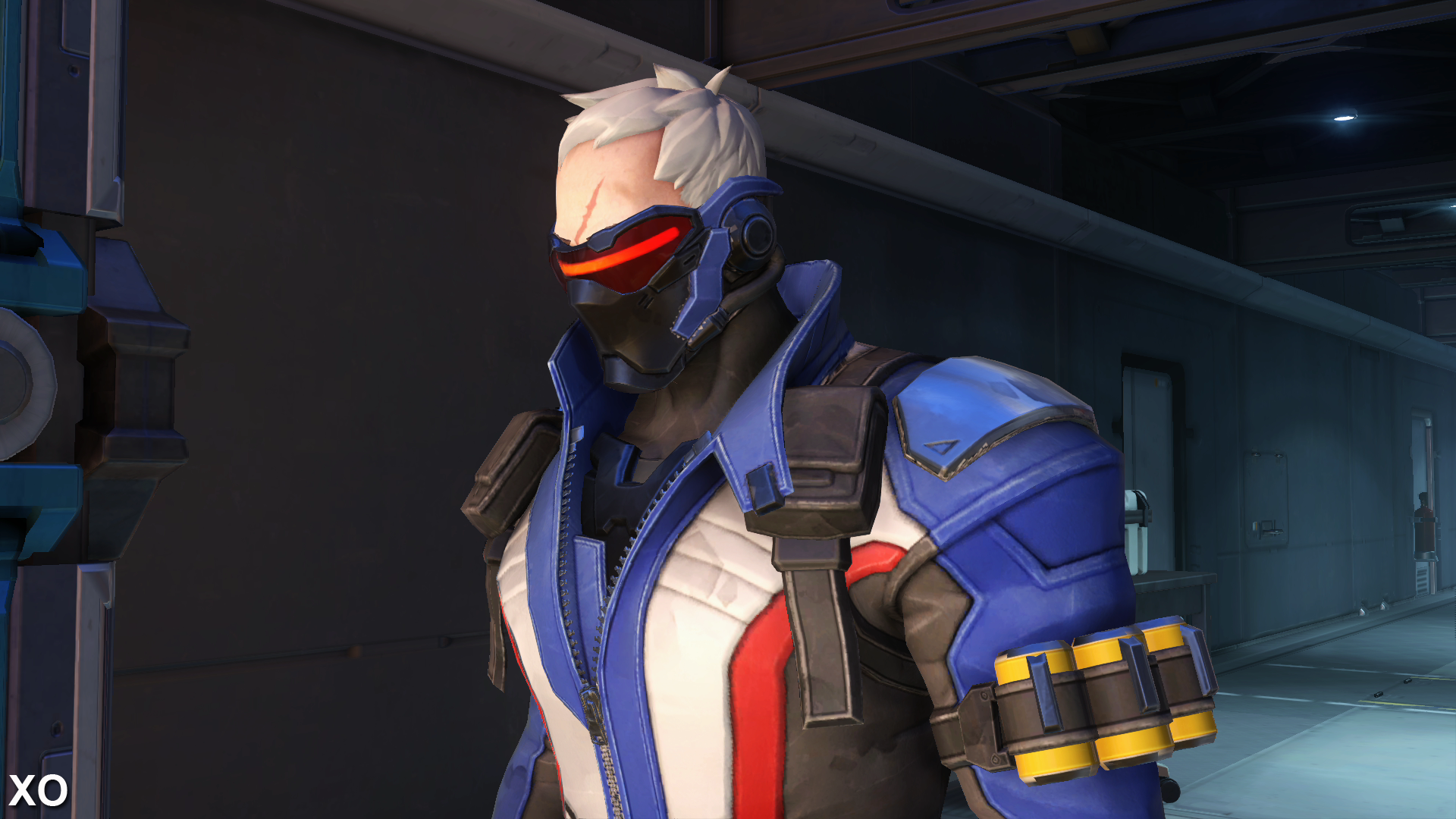
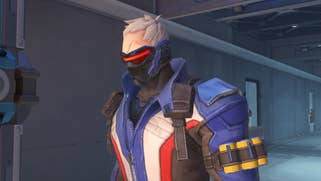

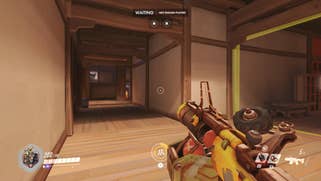

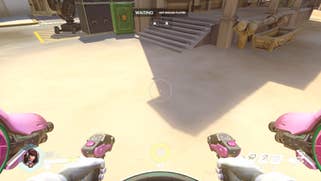
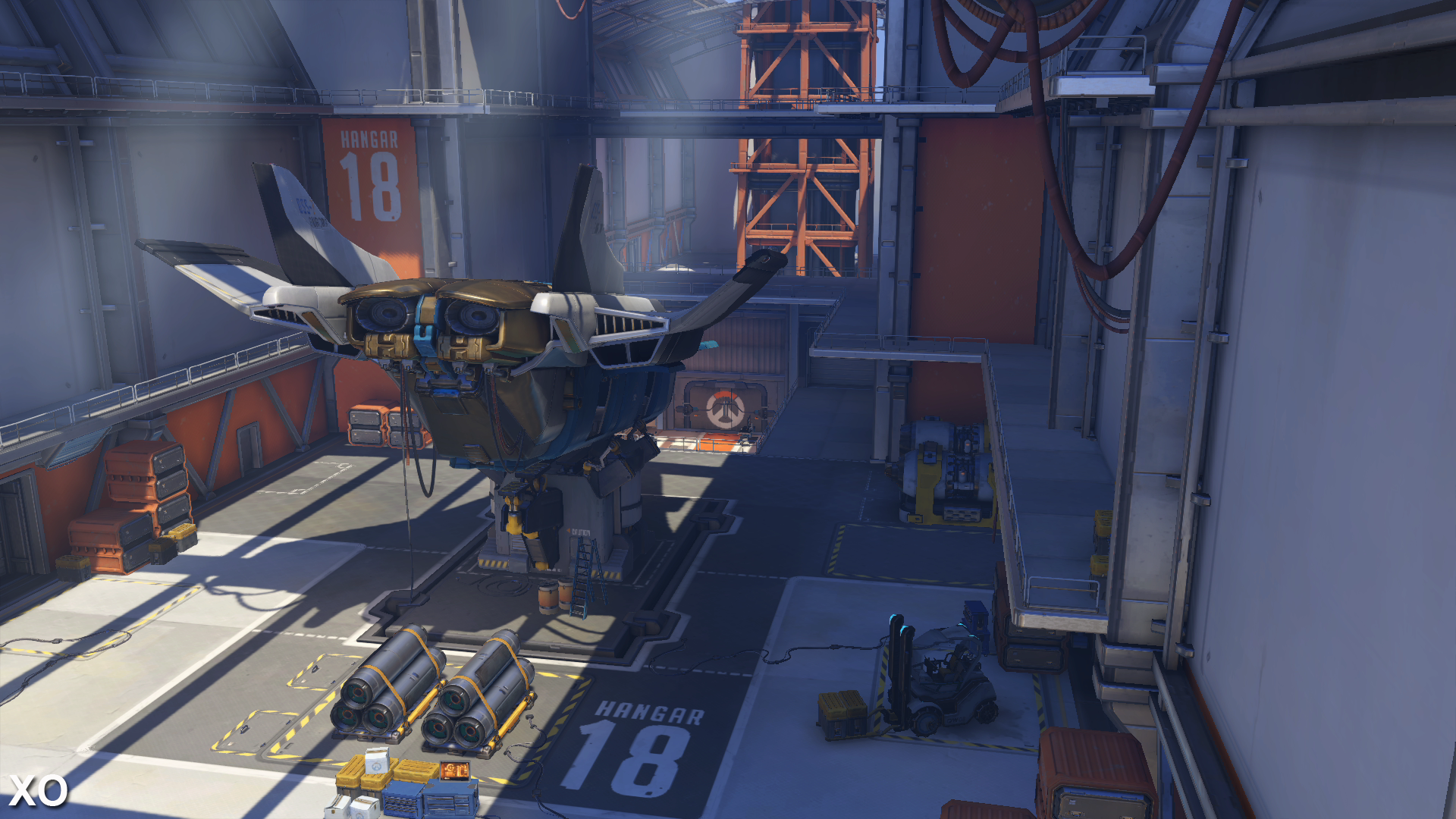
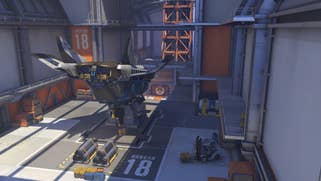
But what really sets this port of Overwatch apart from the other consoles is the hit to frame-rate - the slick 60fps of the original release becomes a more pedestrian 30fps on Switch. It's hard to ignore if you've played the game in the past, but that's the reality of the conversion. Supposing you can adjust to 30fps, I'd say that the bulk of the experience is very stable. However, when the engine is under stress, the consistency of the experience starts to degrade a touch, with irregular frame-pacing delivering the sense of frame-rate drops even if the overall average remains on target. The regularity of actual lurches in performance are a bit rarer, thankfully.
Docked performance holds up well enough, but I did note some occasional drops into the mid-20s in the most intense battle scenes. It highlights how our hopes for 60fps on this one could never be realised, despite Hi-Rez Studios delivering a good full frame-rate Switch experience with its very similar game, Paladins. Portable play is good enough, but tends to be less stable than docked in the game's various stress points.
All told, Overwatch works and judged on its own merits, it's still a decent release, but the compromises all stack up. In its visual settings, in its resolution, it seems like so much is geared towards at least getting Overwatch to a solid 30fps - but even then, it's not hitting the mark. Another disappointment is the Switch-exclusive gyro controls, which seem like a bit of a liability in play: it's often inaccurate and prone to losing track of my movements. Adding further imprecision to a game like this doesn't really work and it's hard to see any benefit to playing the game this way. Performance is the real sticking point though. More so than most Blizzard games, the rapid pace of Overwatch demands fast controller response, but with the frame-rate as it is, we're missing a crucial aspect of what makes the game fun on other machines. Cross-play isn't a part of the mix for this title and perhaps that's just as well; Switch players would be heavily disadvantaged. At least in competitive multiplayer, all Switch users are on a level playing field.
Overwatch was always set to be a challenge for Switch. I had high hopes for it, regardless, mainly on the basis of Iron Galaxy's excellent job in porting Diablo 3 to Switch last year. As an overall package though, Overwatch is simply a less successful conversion. By virtue of it being a much newer, more complex creation, it was always going to be a more difficult port job on Switch, in terms of performance and controller response. The uneven 30fps cap is the real gripe here, and it's a shame given the impact it has on competitive multiplayer - where Overwatch essentially made its mark. It's not a write-off by any means. There's a basic joy, at least at first, in seeing such a phenomenal game made portable - but for the longer term, go in with your expectations tempered.






